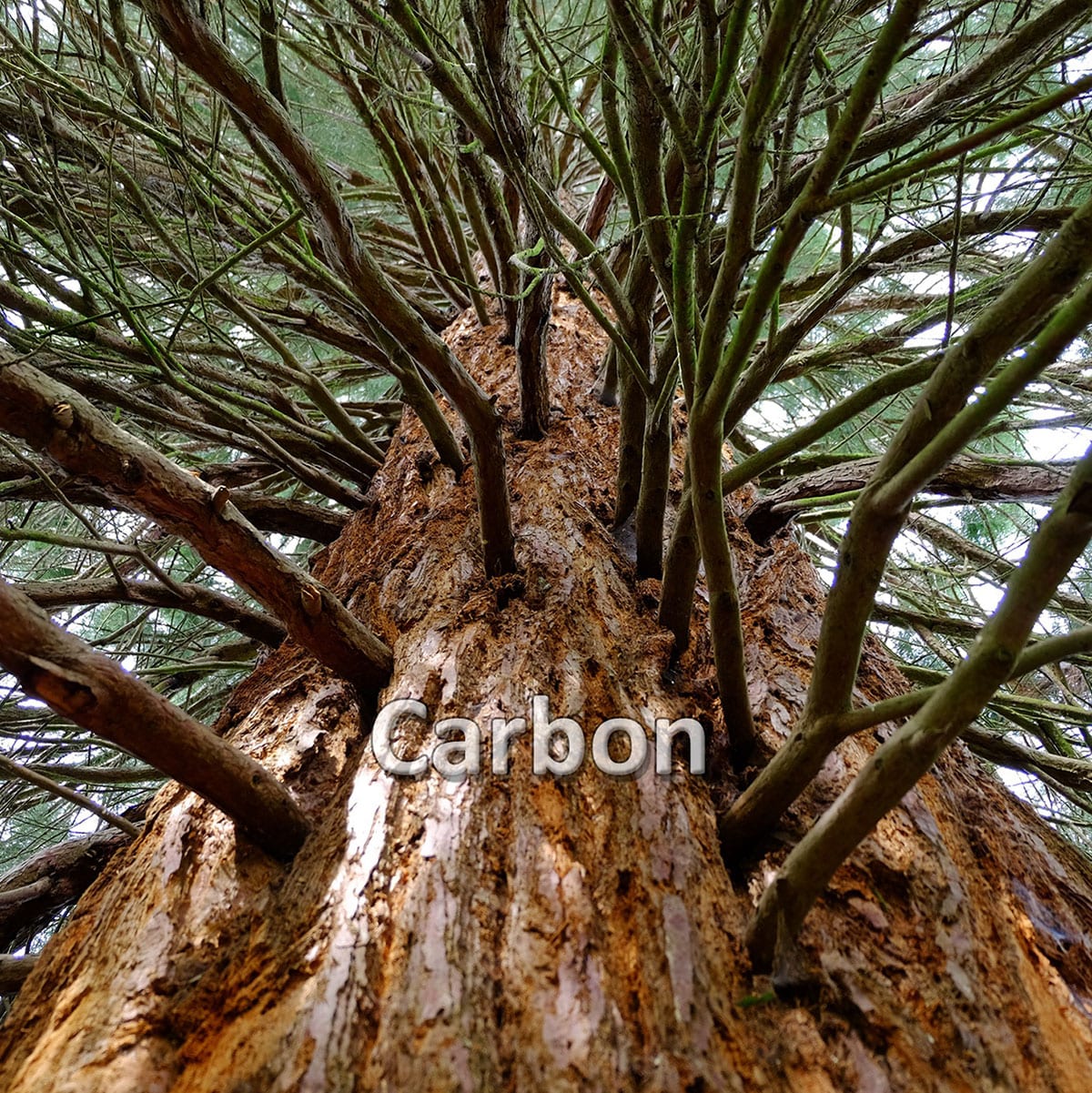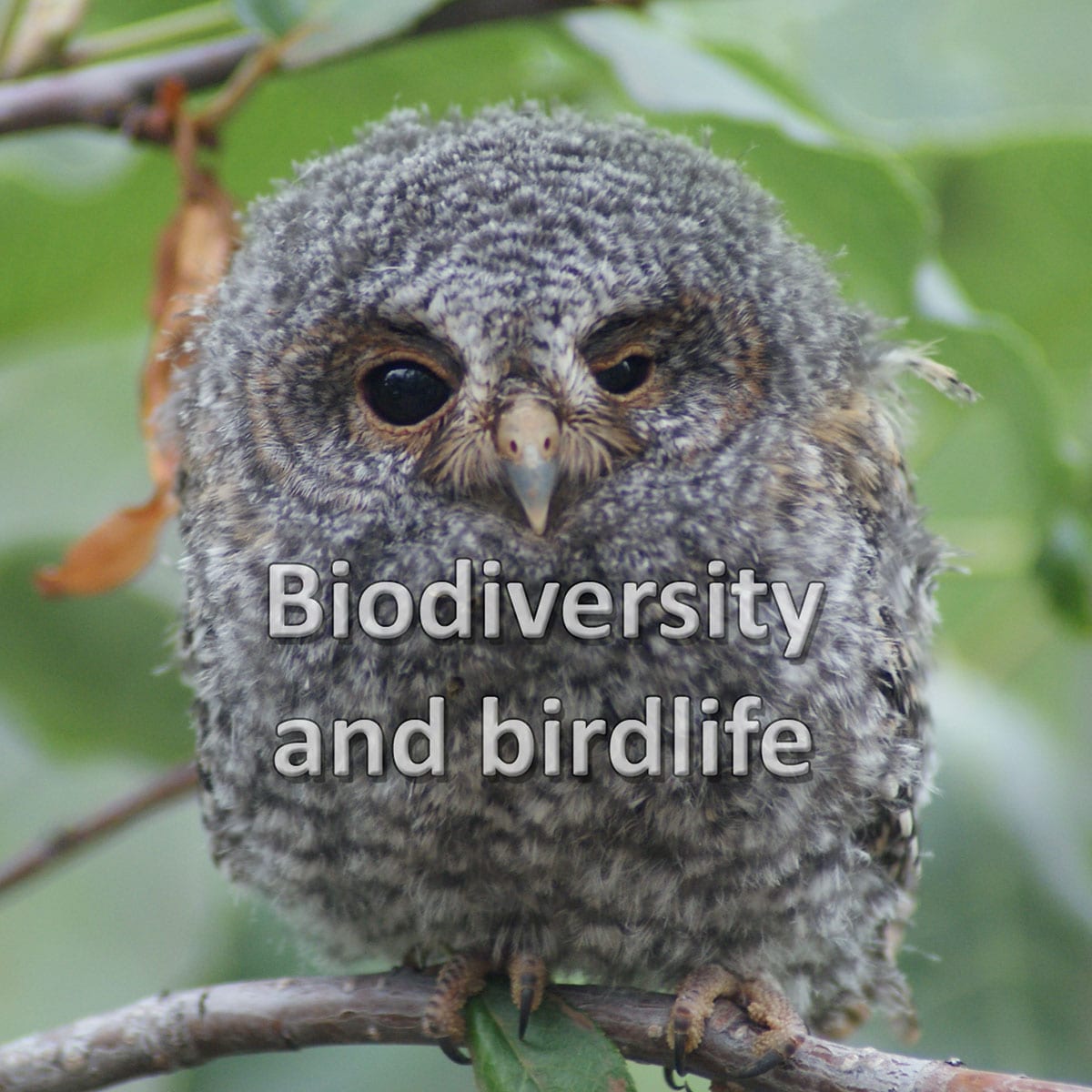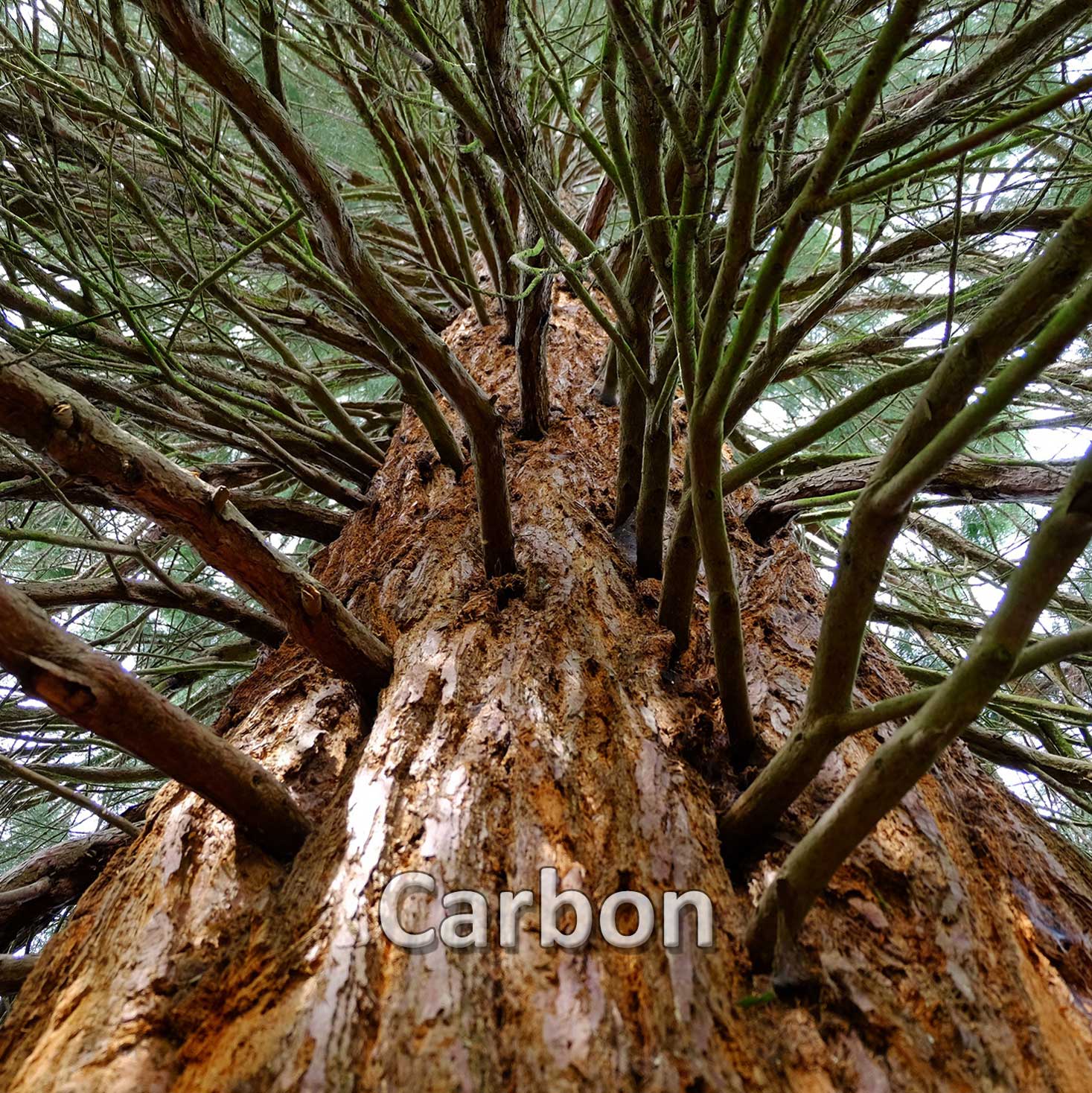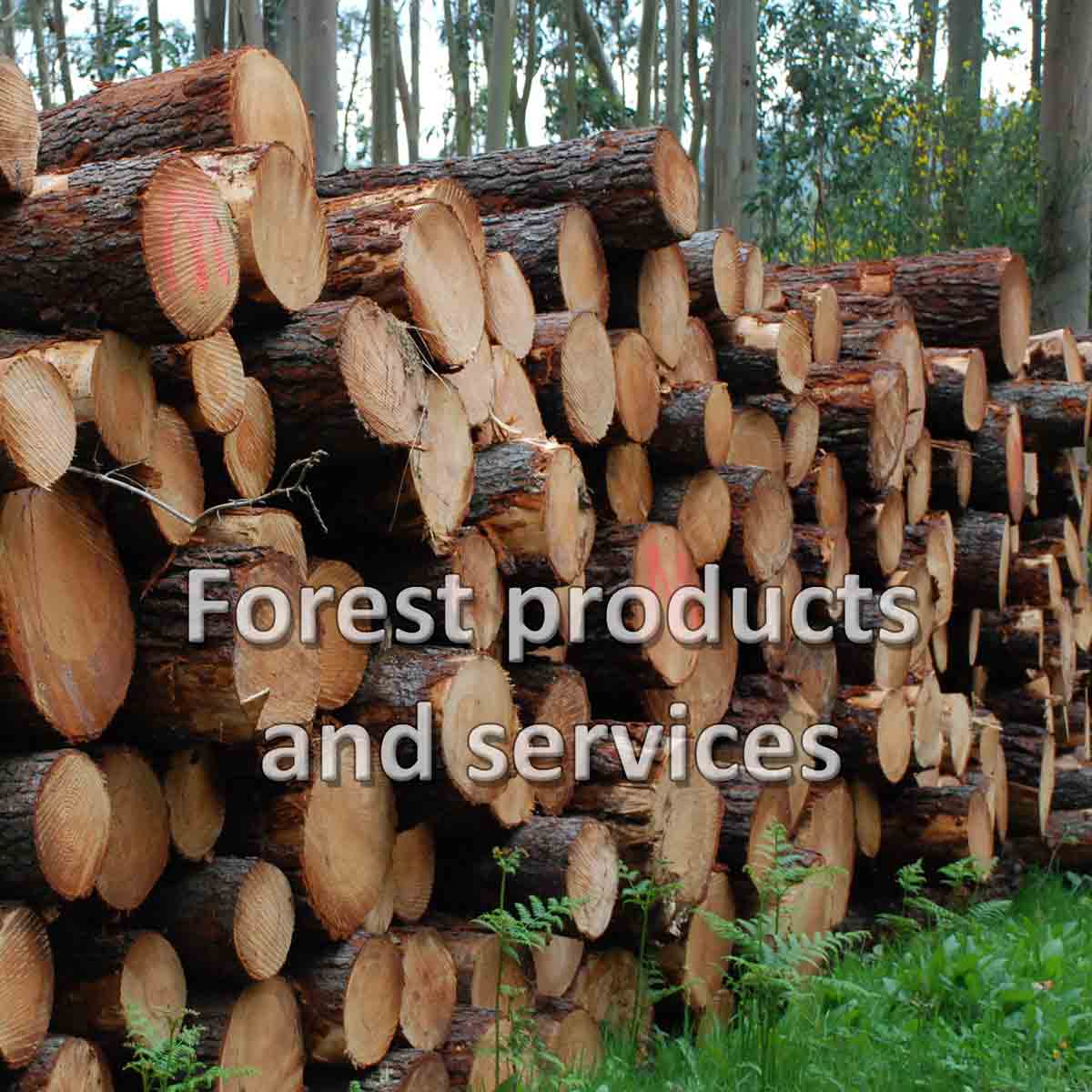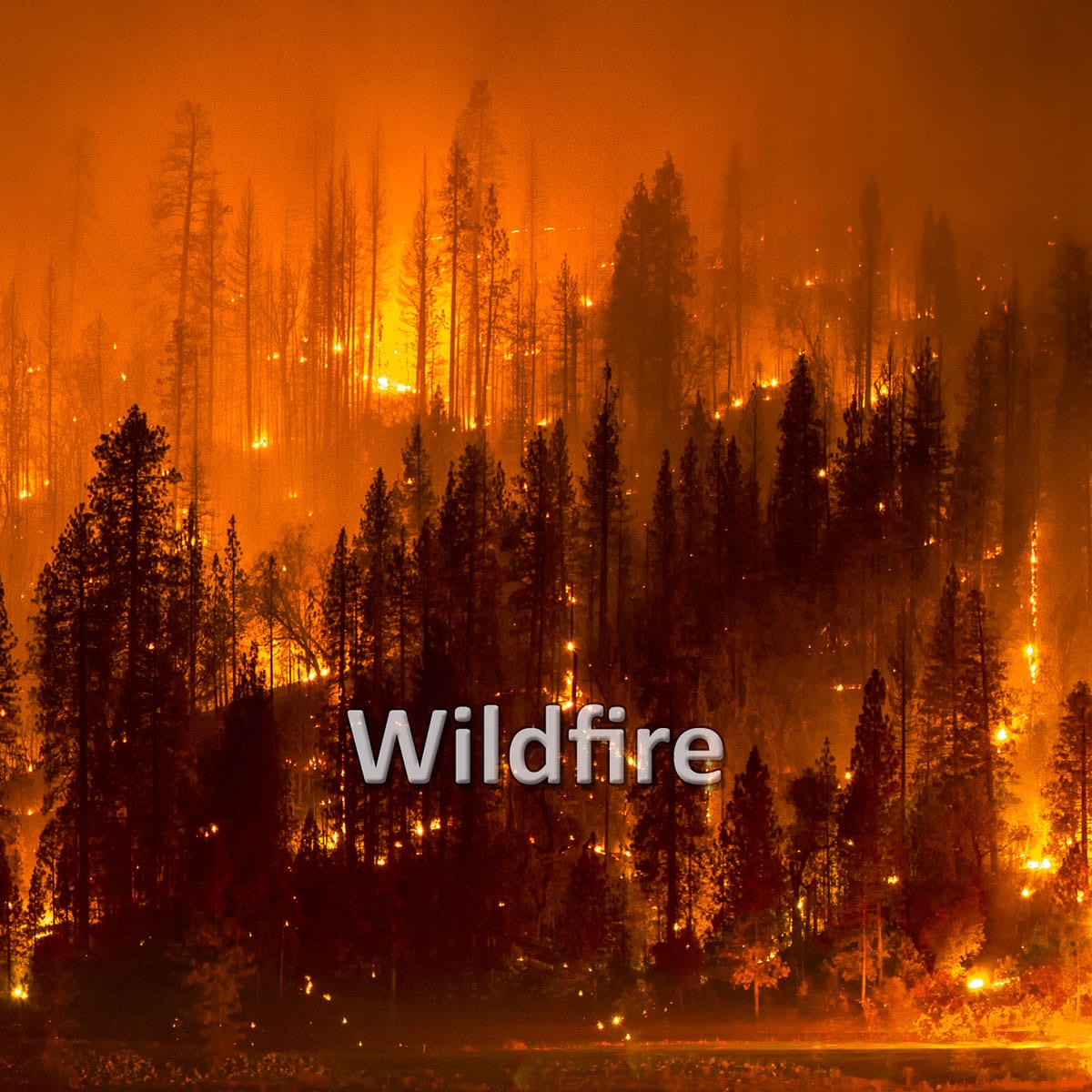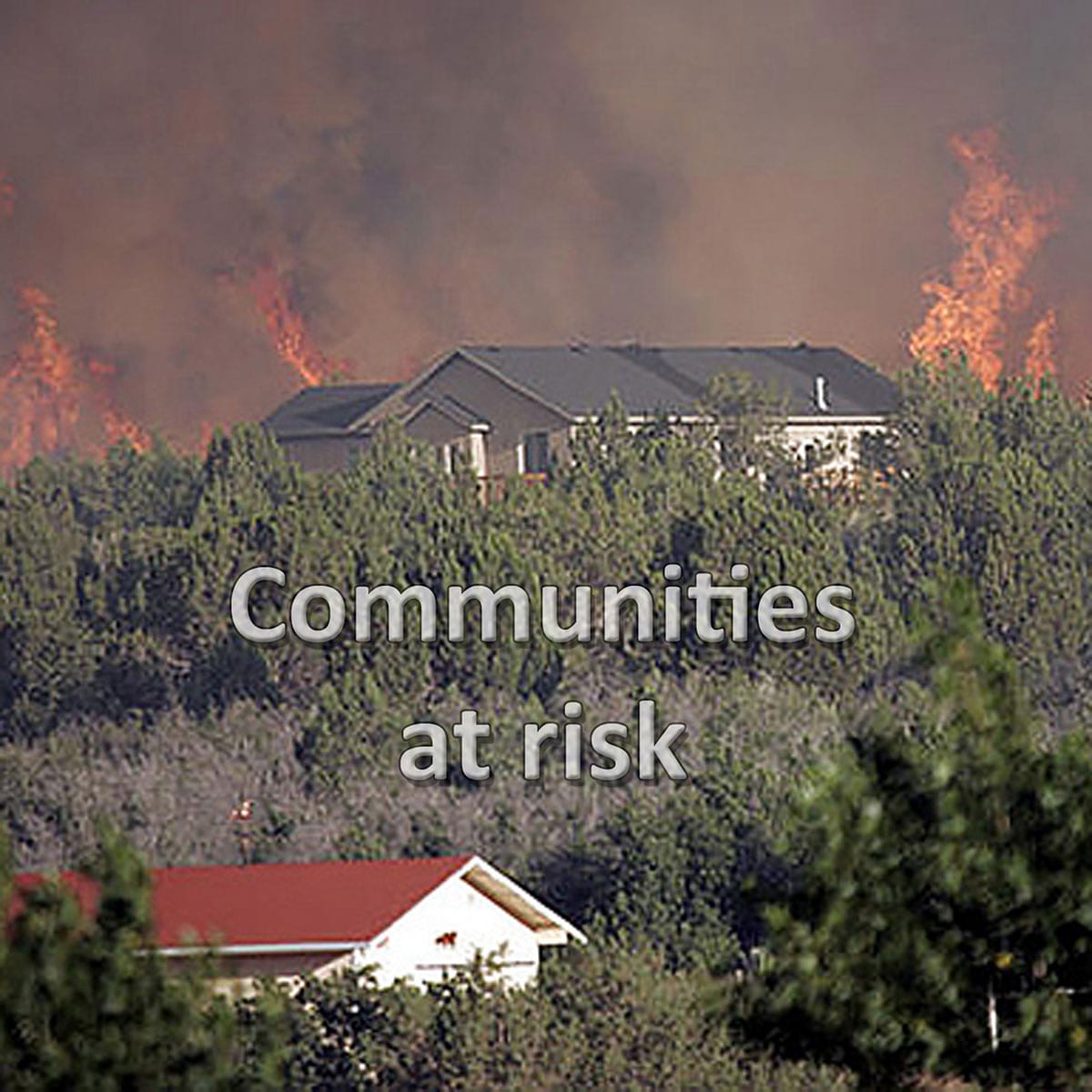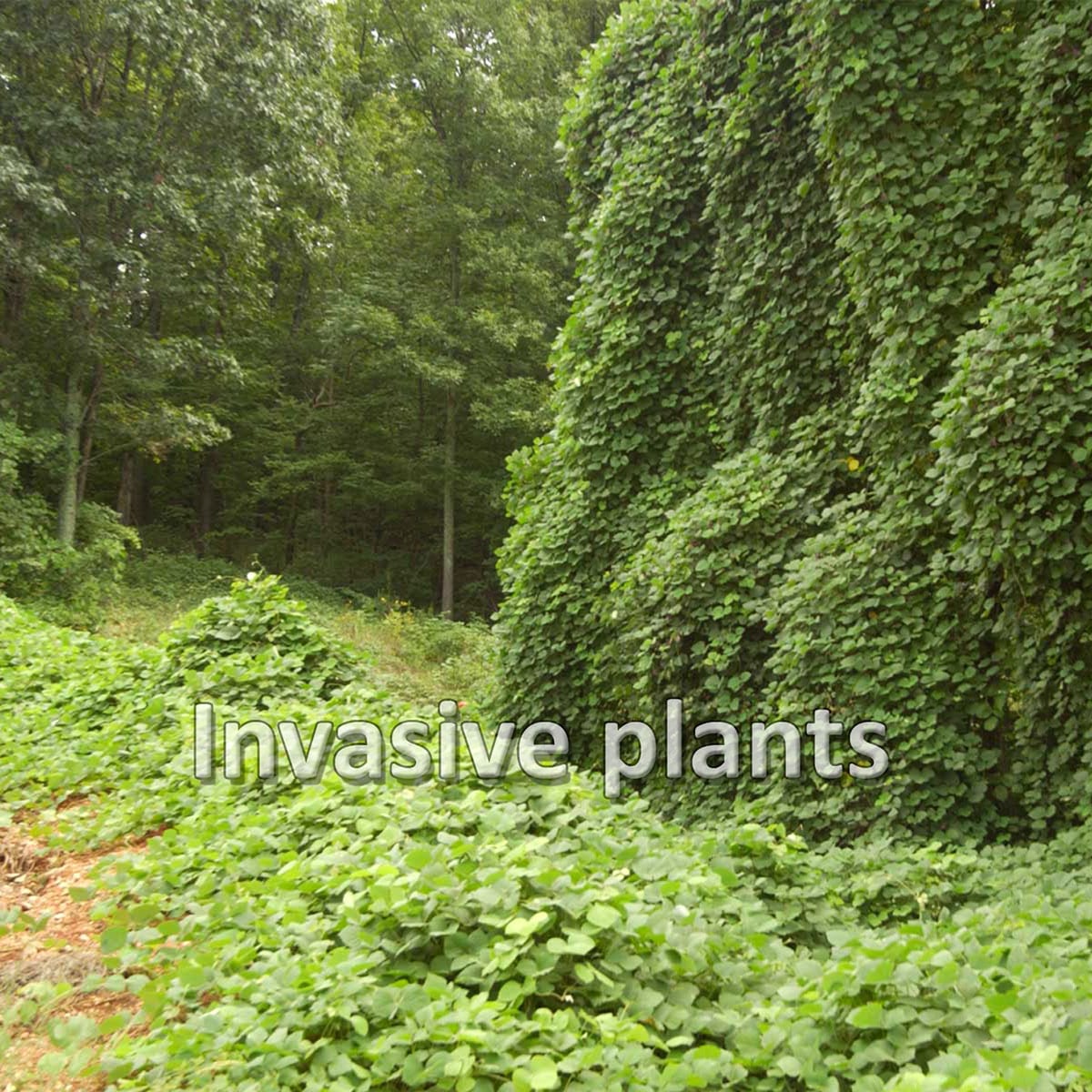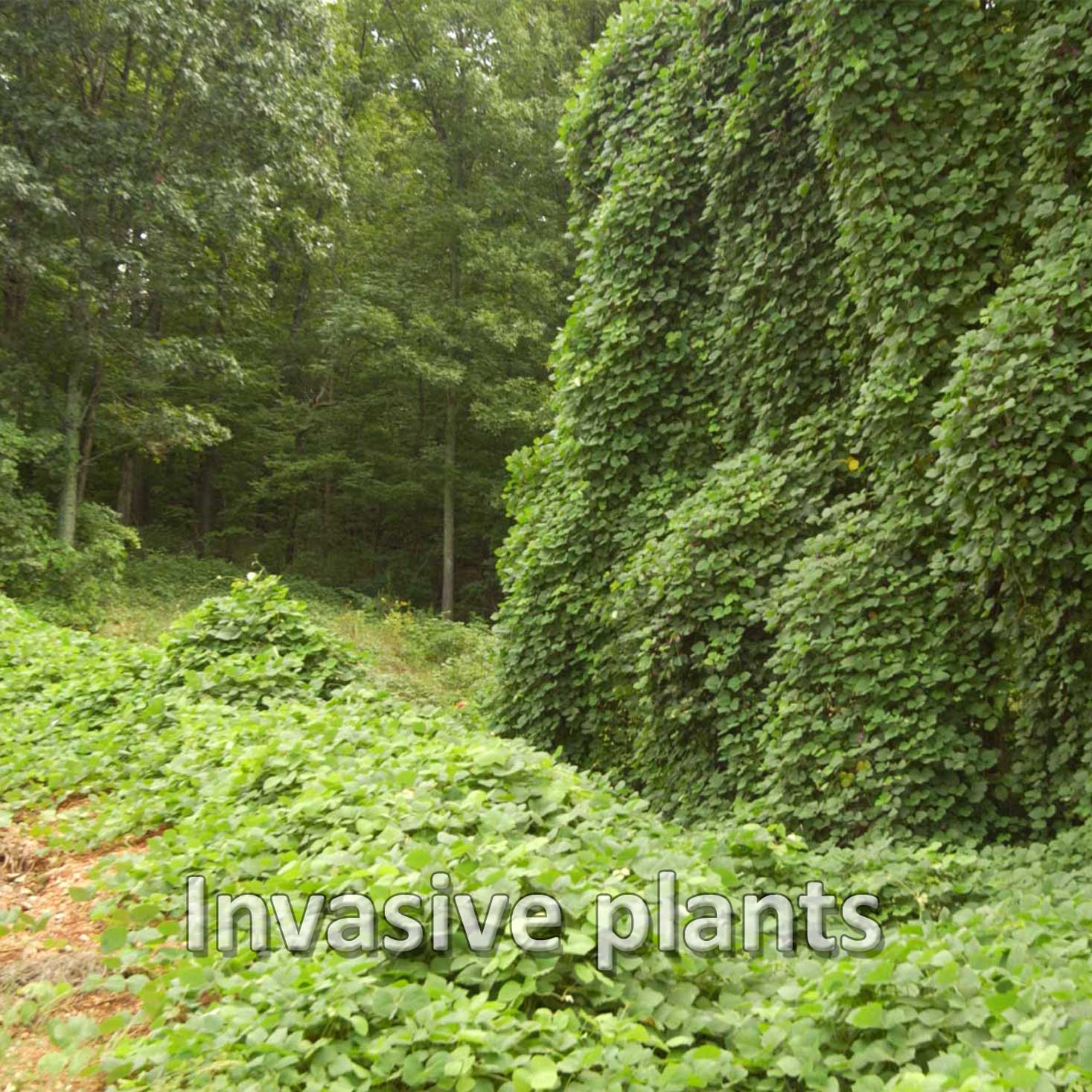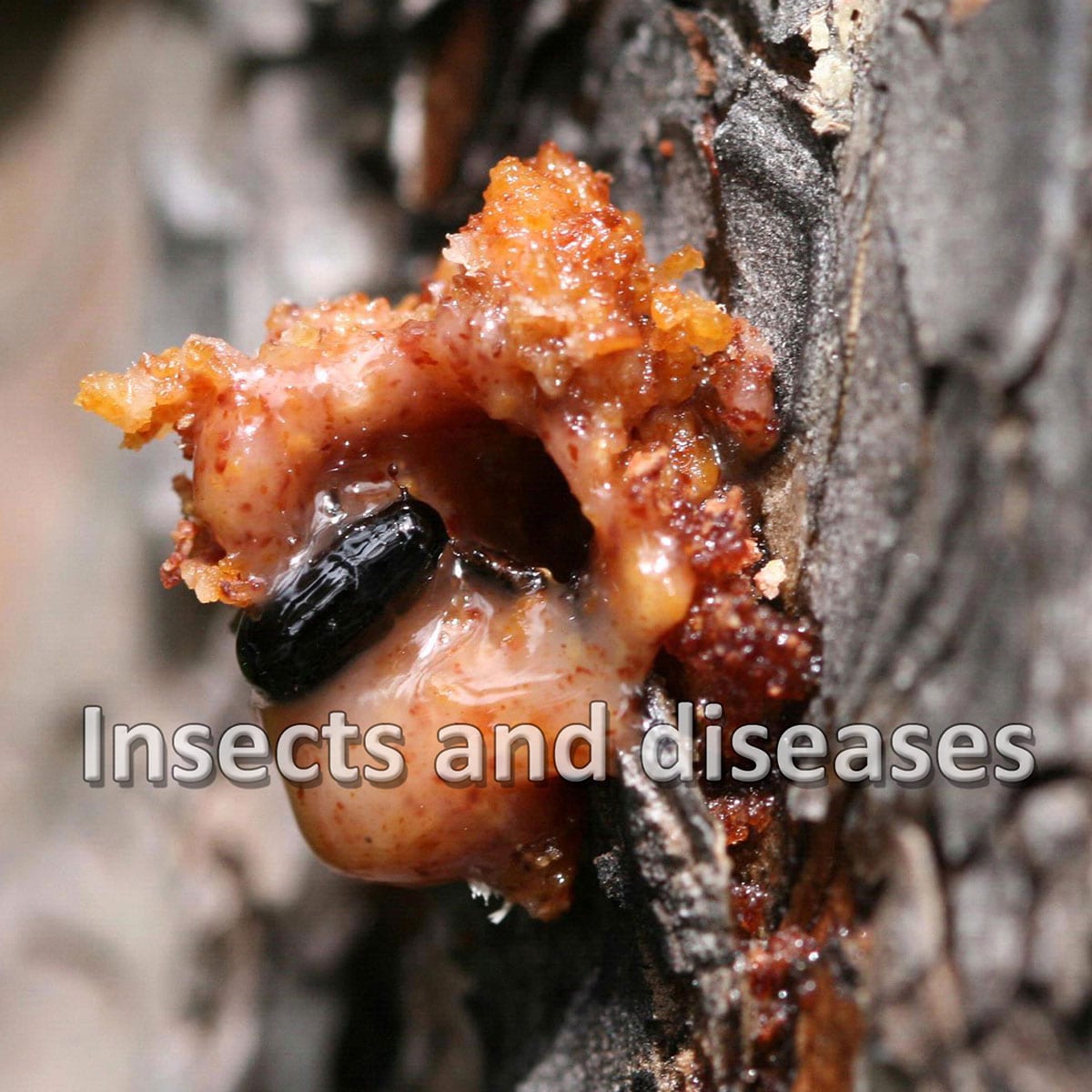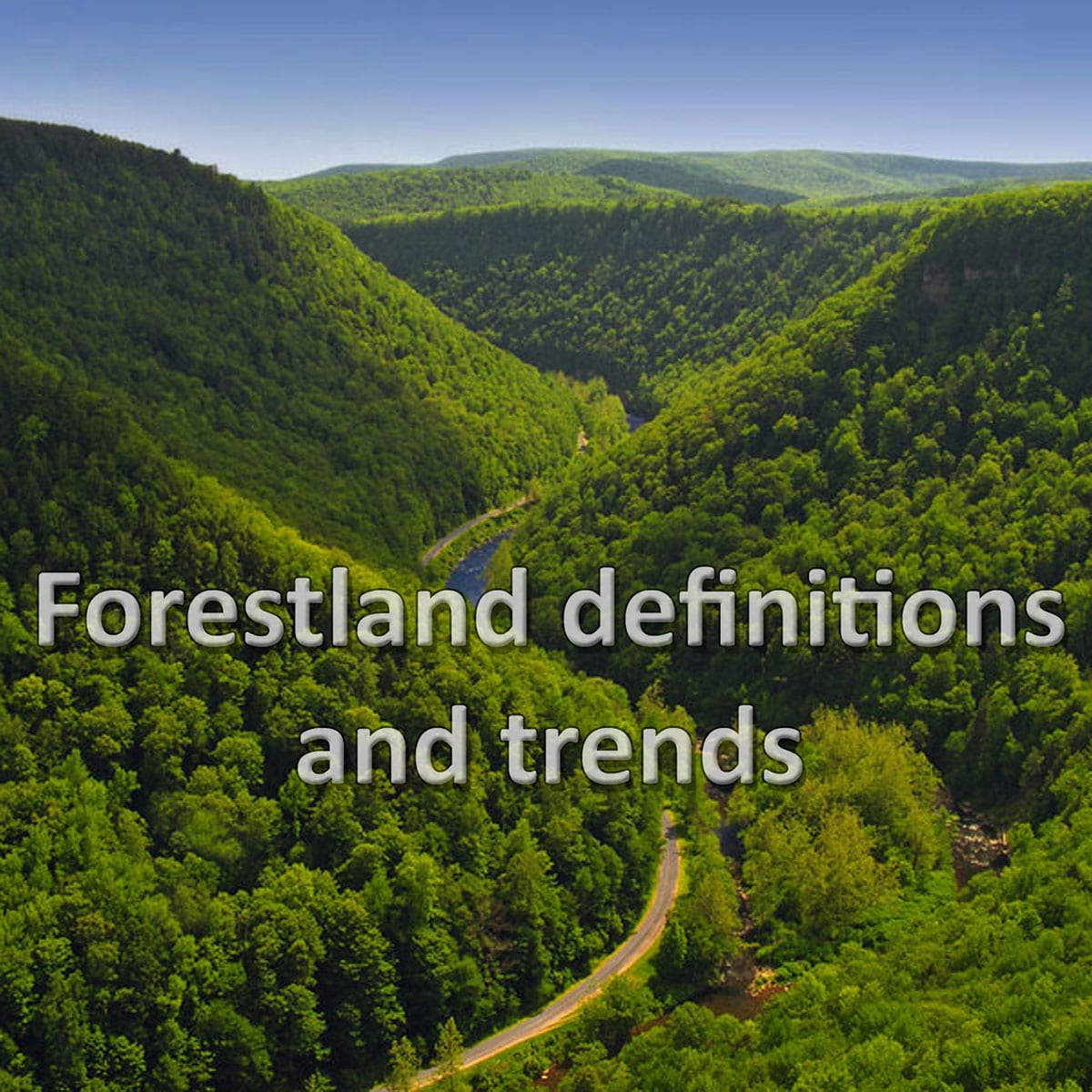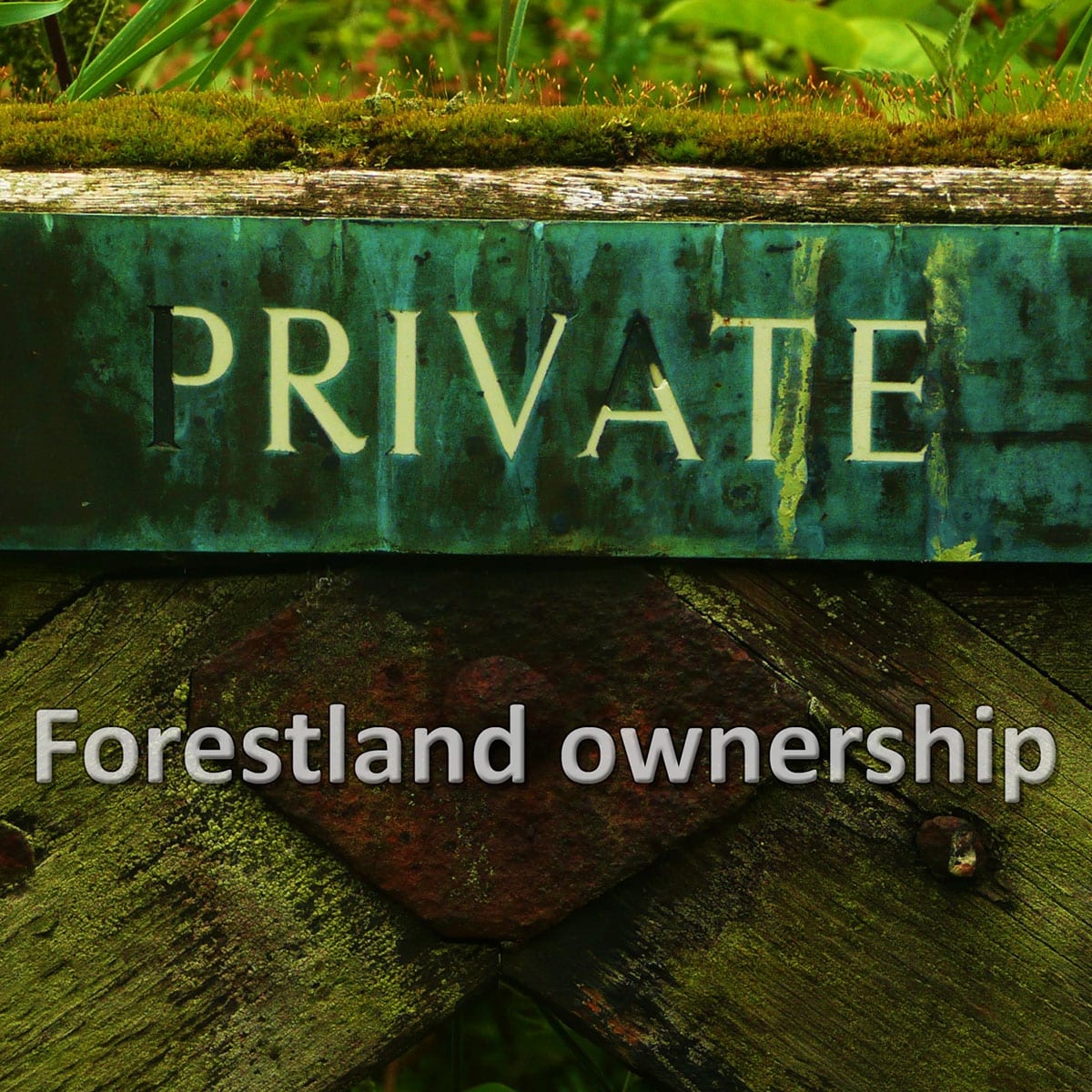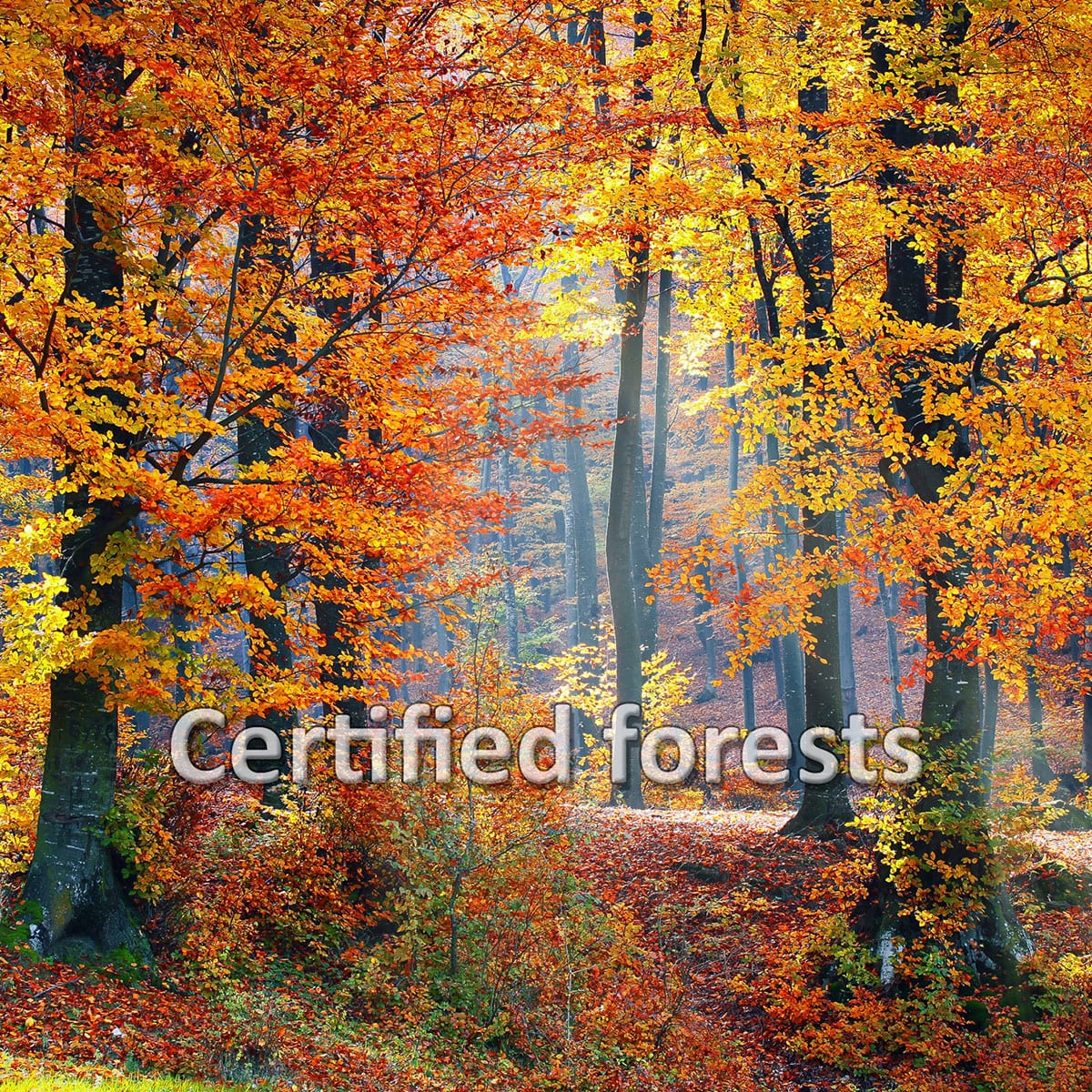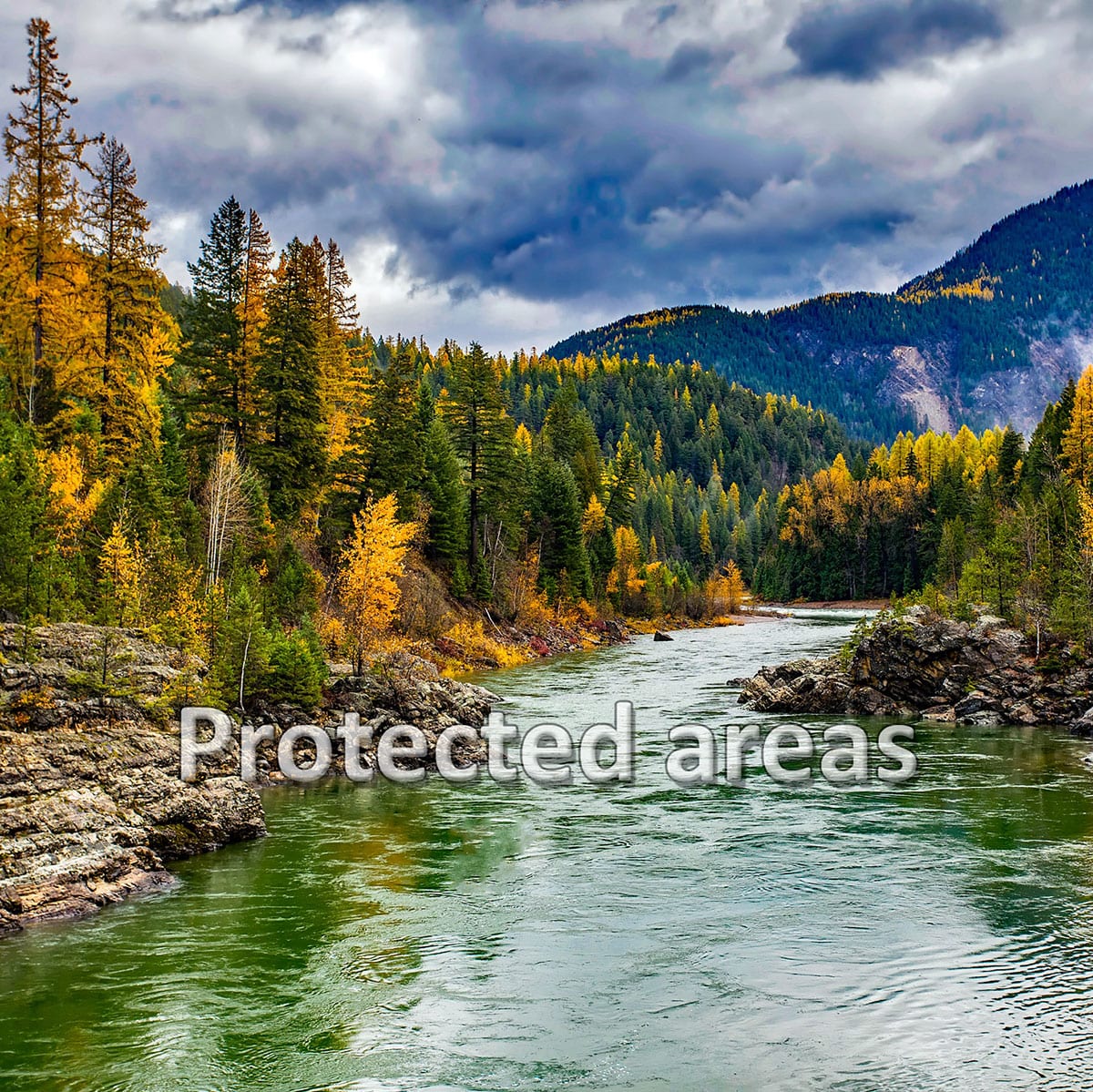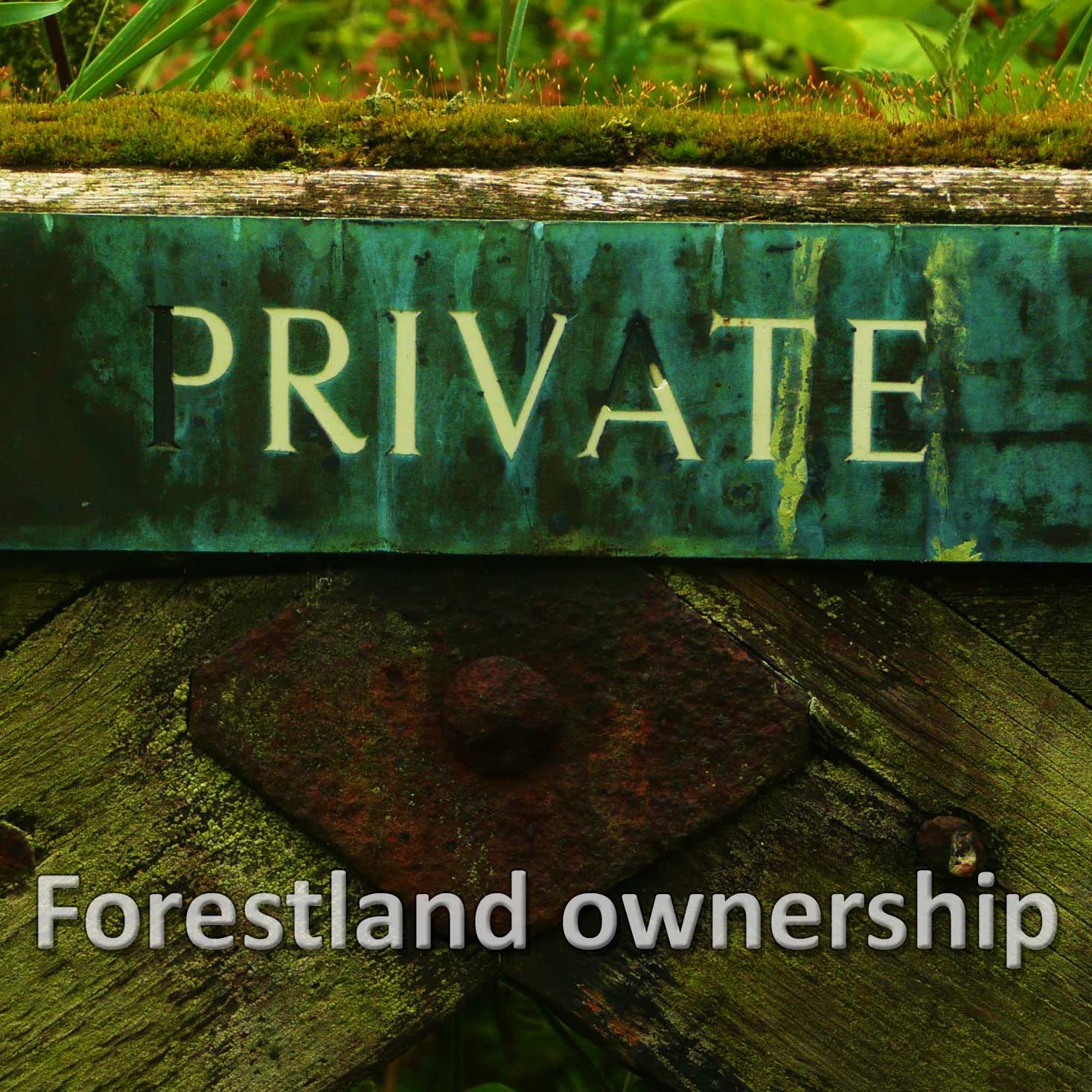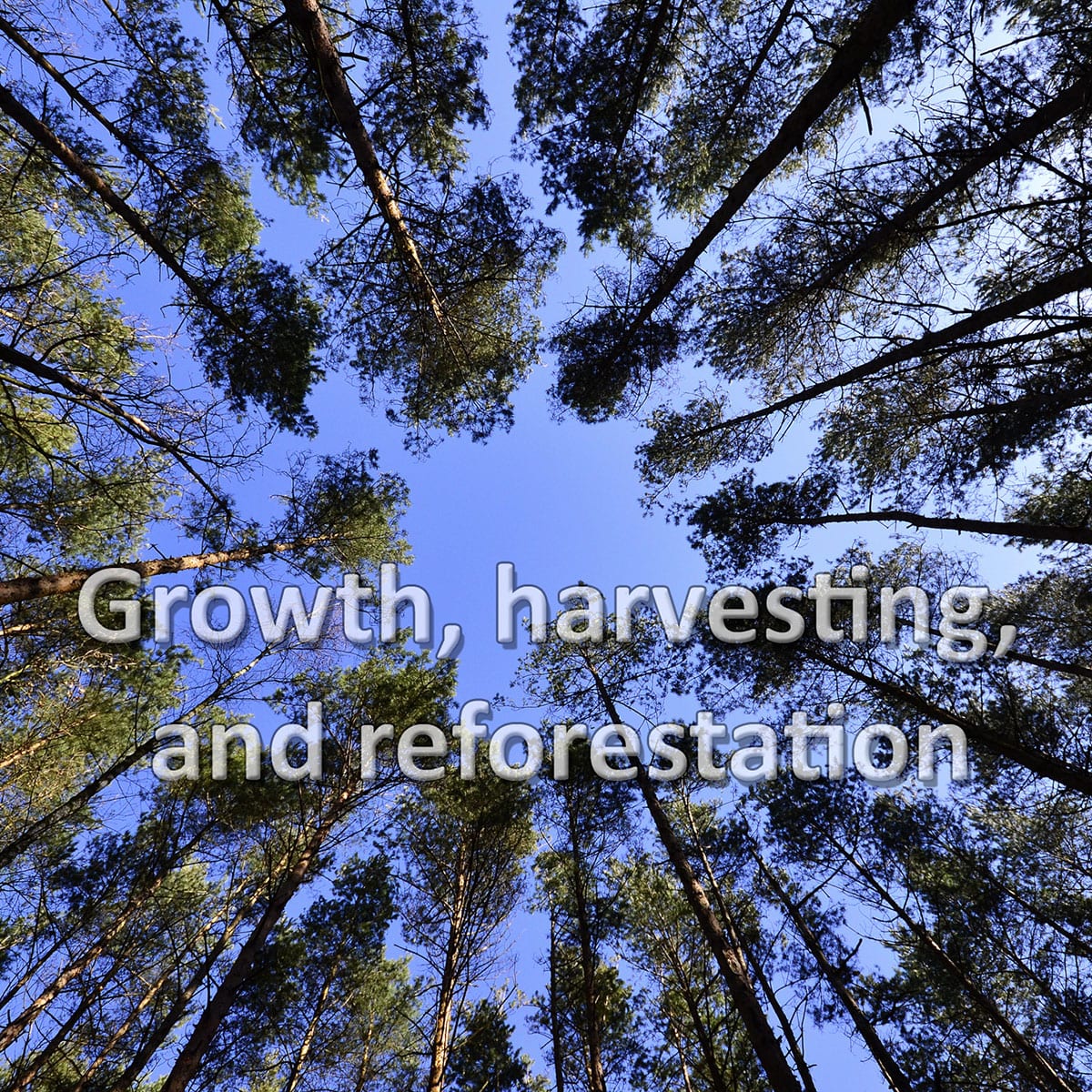The State of America's Forests: An Interactive Guide
Our forests have been shaped by people over millennia. This website tells a story of consumption and conservation, of conflict and collaboration. But most of all, it is a story of regrowth, renewal, and abundance.
Produced by Mila Alvarez
Visualize forest information
Through interactive maps and graphs, The State of America’s Forests helps you explore the many benefits forests provide, understand today’s challenges to this renewable resource, and learn about forest management and conservation.
For best viewing, use latest version of Microsoft Edge (preferred) or latest version of Chrome.
Forested area burned,
5-year average, 1966–2016
U.S. forestland distribution
(% of total), 2017
Forests as sources of fresh water,
2016
Benefits from forests
Forests have always been essential for the survival of humankind – Forests are a source of biodiversity and fresh water. They reduce risks of natural disasters like landslides and flooding. They act as a carbon sink, removing carbon dioxide from the atmosphere and storing it, thus mitigating climate change. They make an essential contribution to food security by helping to maintain the environmental conditions needed for agricultural production. They stabilize the soil, prevent erosion, enhance the land’s capacity to store water, and moderate air and soil temperatures.
As sources of raw material, biomass, renewable energy, and nontimber products, forests support rural communities. Many rural and indigenous people depend on forests for their livelihoods. Forests also enhance all Americans’ well-being by providing recreation and amenity values.
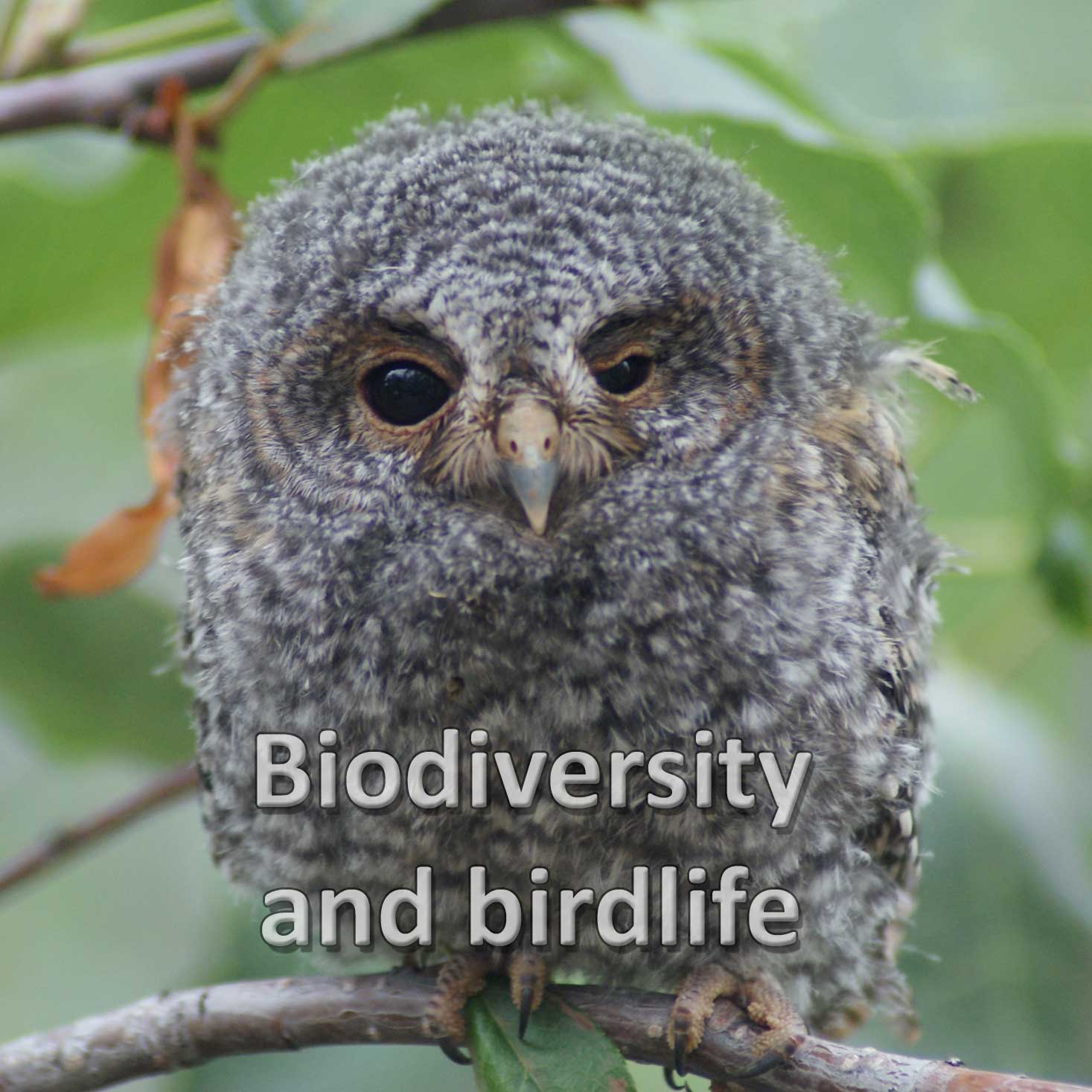
The Southeast and arid ecoregions of the Southwest have the most forest wildlife and plant species.
U.S. forests face challenges that threaten their health and even their existence – The major threats to forests are catastrophic wildfire, insect and disease outbreaks, invasive species, housing development, forest fragmentation, and drought. One threat often compounds another: development in wildland areas, for example, breaks intact forest into smaller tracts, and the property owners may unwittingly introduce invasive species that kill or replace native vegetation. As a result, some forest plant and animal species are at risk of becoming extinct. The threats also undermine the many benefits that forests provide to society and, particularly, to rural, forest-dependent communities. Whether forests can adapt to adverse effects and climate trends depends on their health and resilience.
Threats to forests
U.S. forests face challenges that threaten their health and even their existence – The major threats to forests are catastrophic wildfire, insect and disease outbreaks, invasive species, housing development, forest fragmentation, and drought. One threat often compounds another: development in wildland areas, for example, breaks intact forest into smaller tracts, and the property owners may unwittingly introduce invasive species that kill or replace native vegetation. As a result, some forest plant and animal species are at risk of becoming extinct. The threats also undermine the many benefits that forests provide to society and, particularly, to rural, forest-dependent communities. Whether forests can adapt to adverse effects and climate trends depends on their health and resilience.
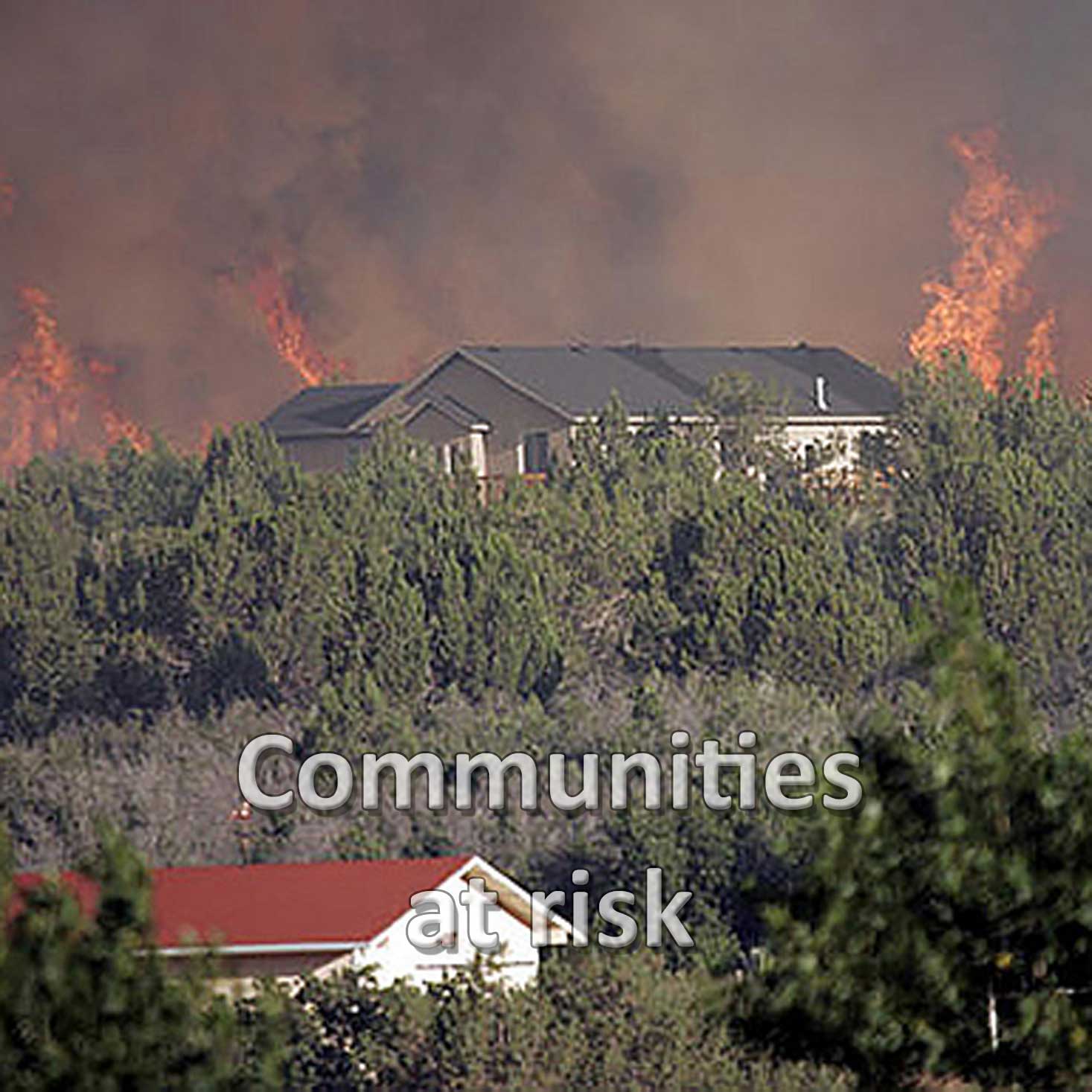
70,000 U.S. communities are at risk from wildfire. Only 15,000 have wildfire protection plans.
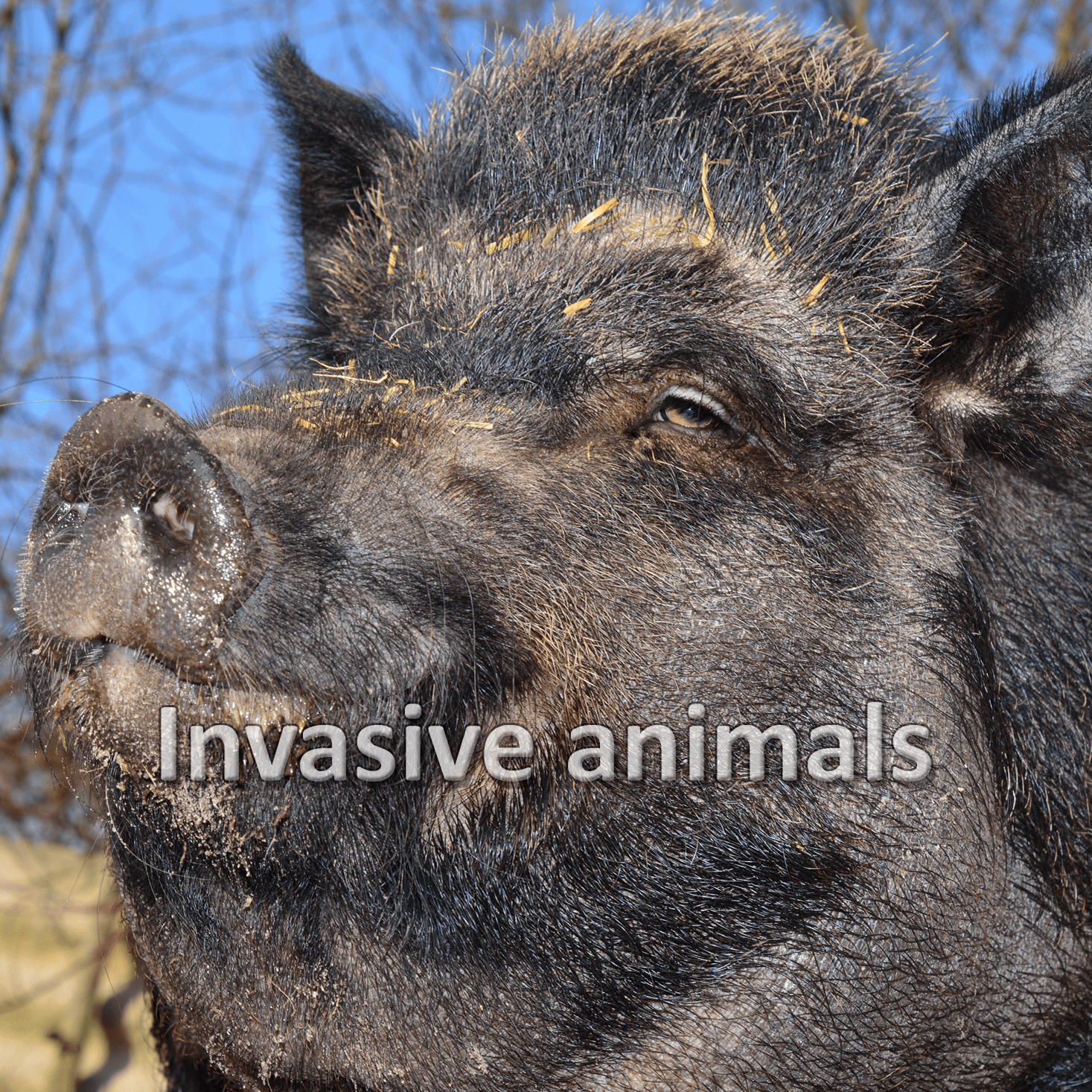
More than 100 million feral and outdoor cats function as an invasive species, killing an estimated 1.3 billion to 4 billion birds and 6.3 billion to 22.3 billion mammals annually.

18 million acres of U.S. forestland is affected by at least one pest that defoliates or kills trees.

31% of forest plant and animal species are at risk of extinction. 1% are already extinct.

In California, drought has afflicted 7.7 million acres of forest and killed 100 million trees since 2010.
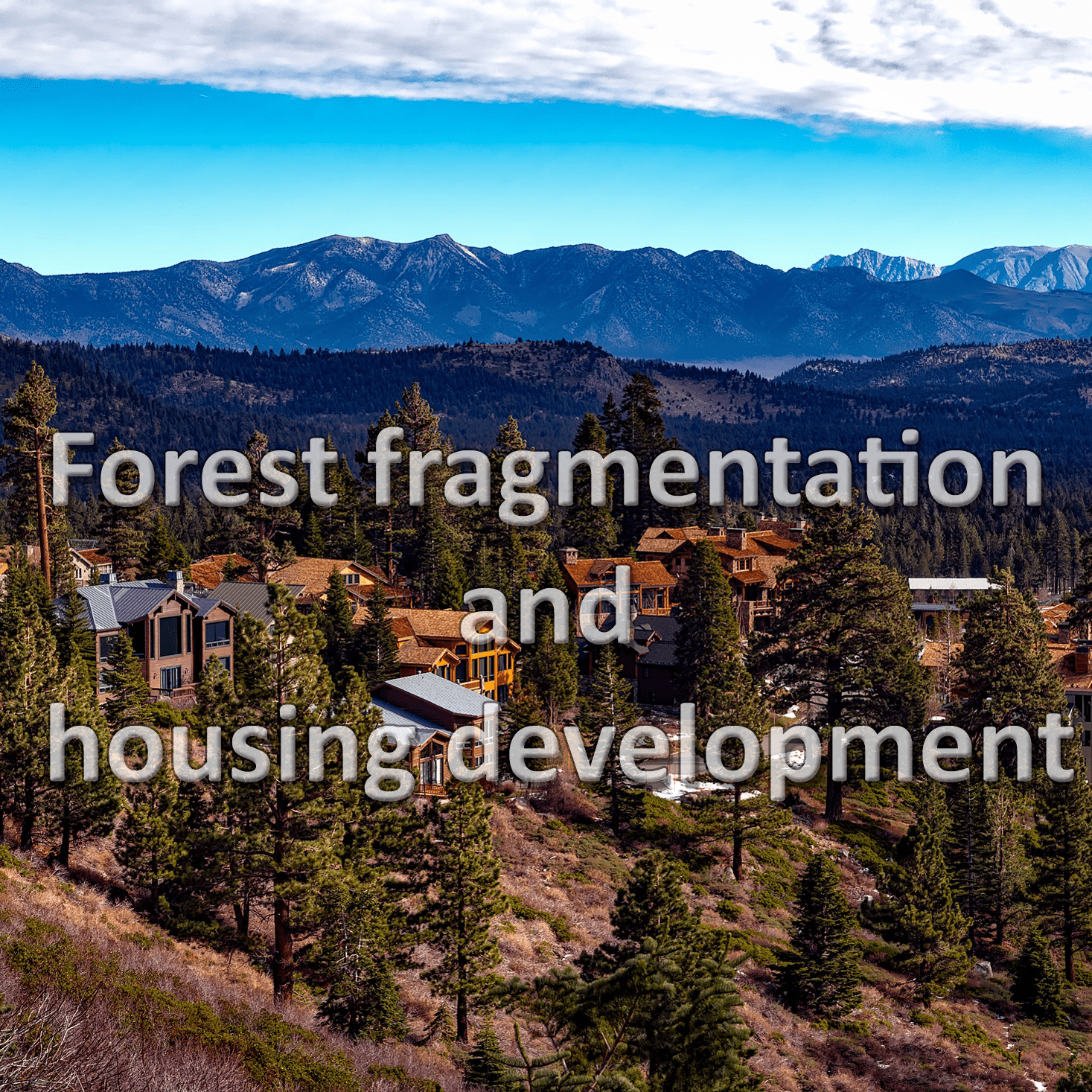
Since 1982, 18 million acres of forest has been converted to development. The trend is expected to continue.
U.S. forests face challenges that threaten their health and even their existence – The major threats to forests are catastrophic wildfire, insect and disease outbreaks, invasive species, housing development, forest fragmentation, and drought. One threat often compounds another: development in wildland areas, for example, breaks intact forest into smaller tracts, and the property owners may unwittingly introduce invasive species that kill or replace native vegetation. As a result, some forest plant and animal species are at risk of becoming extinct. The threats also undermine the many benefits that forests provide to society and, particularly, to rural, forest-dependent communities. Whether forests can adapt to adverse effects and climate trends depends on their health and resilience.
Forest stewardship
The United States leads forest stewardship through public and private efforts – For the past century, U.S. forestland has been relatively stable, at an average of 755 million acres, and accounts for almost 8 percent of the world’s total forest area. Twenty-five percent of U.S. forestland is primary forest—naturally regenerated forest of native species, with no indication of human activities and undisturbed ecological processes. The living biomass in U.S. forests stores 17 billion metric tons of carbon. Fifty-eight percent of U.S. forestland is privately owned.
Strategies to conserve America’s forests for future generations include federal and state protection designations, public and private conservation easements, environmental laws and regulations, certification of sustainable forest management, forestry best management practices, and private landowner assistance programs led by federal and state governments.
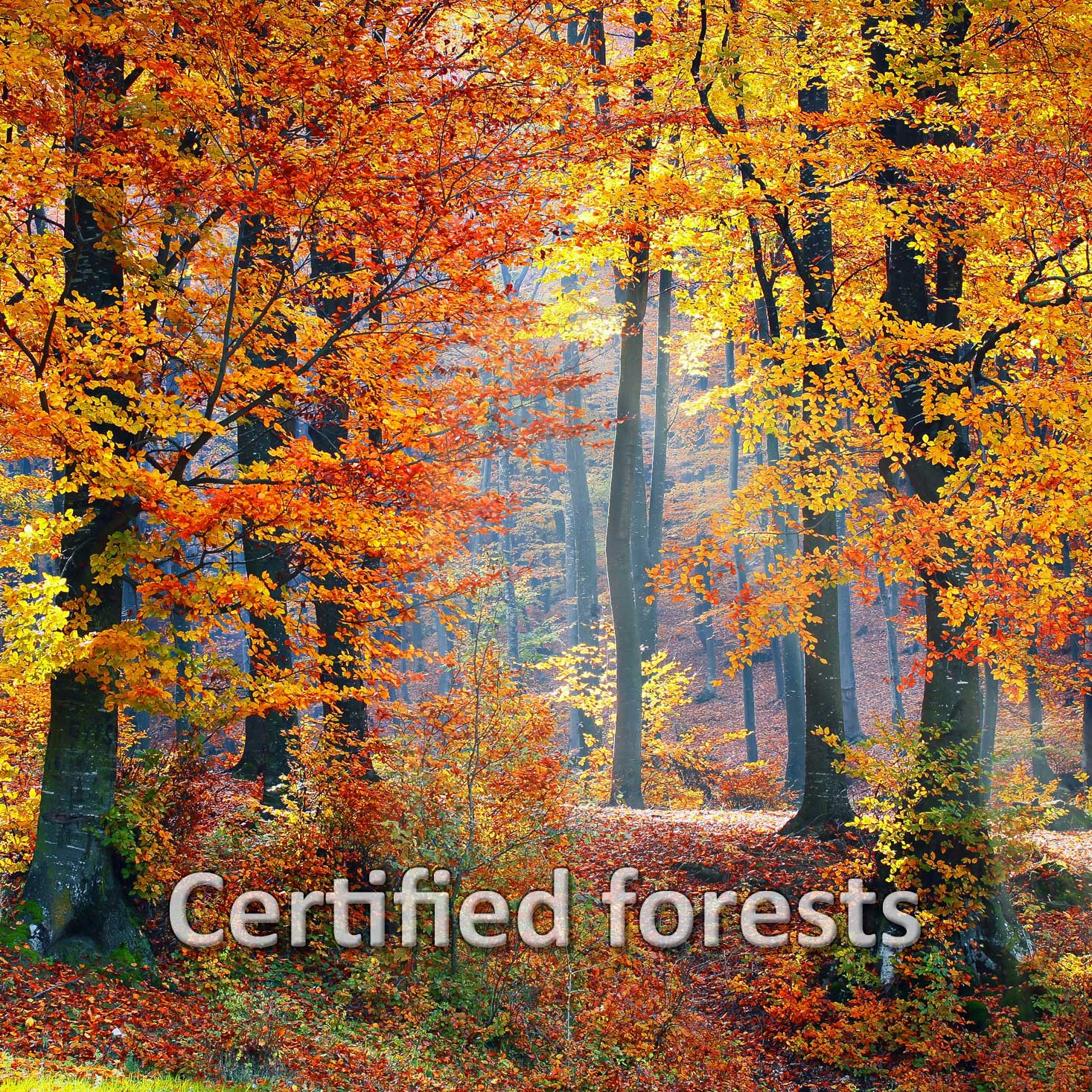
Almost 20% of timberland area in the U.S. is certified for sustainable, responsible forest management.
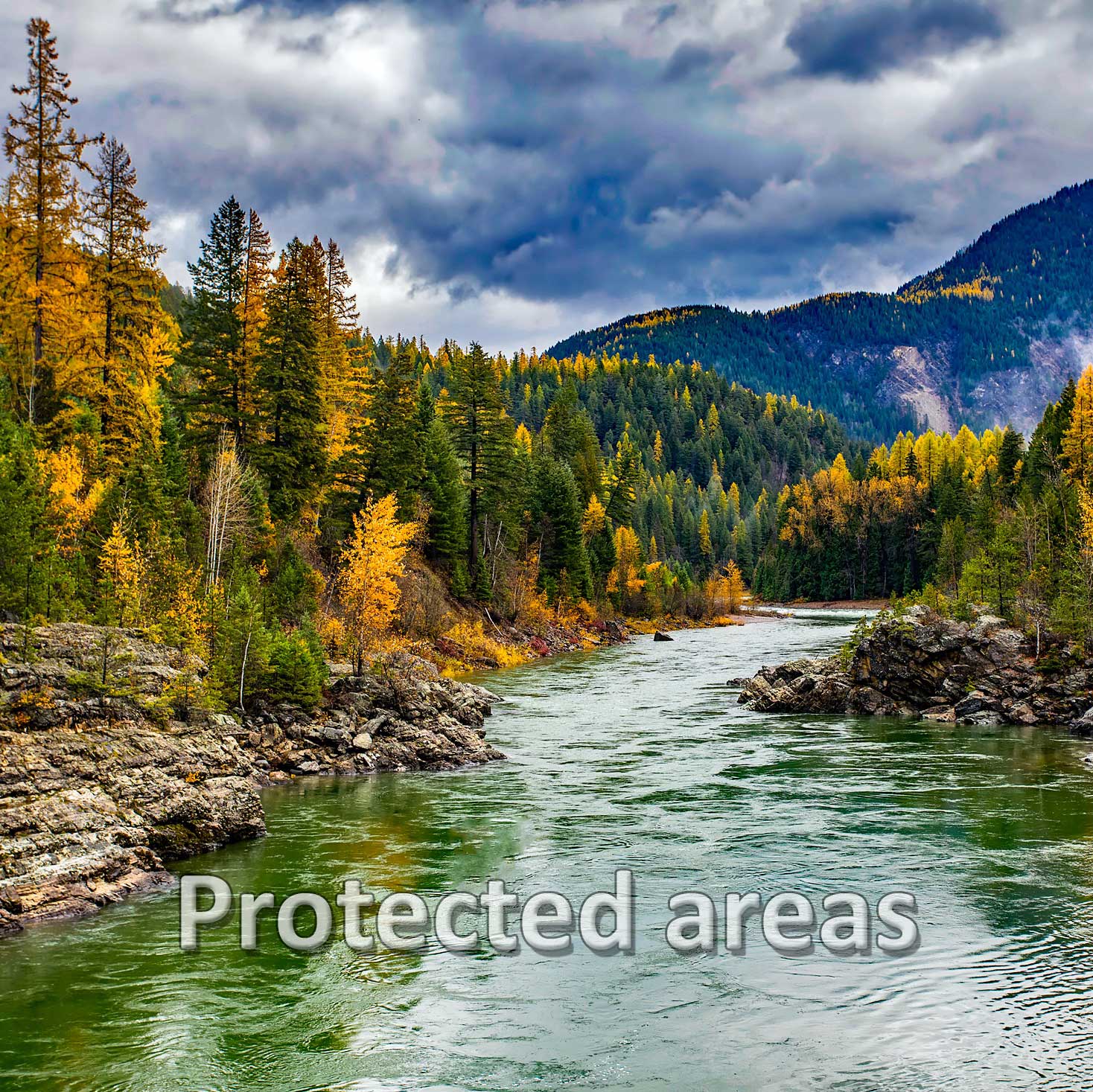
11% of U.S. forestland area is protected, and 20% is designated for the conservation of biodiversity.
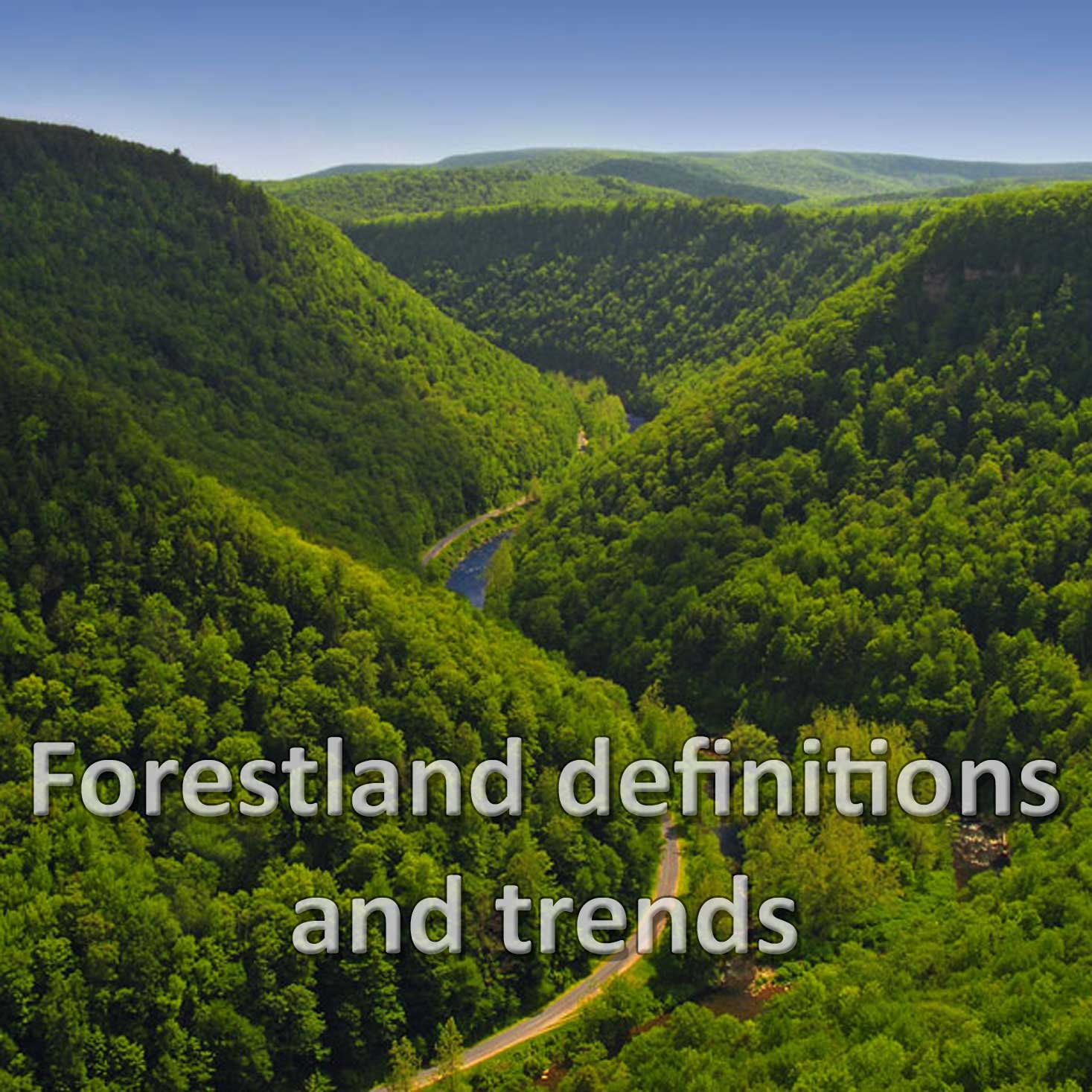
The total live-tree volume on U.S. timberland exceeds 1 trillion cubic feet—enough to make 9 billion stacked cords of firewood.
The United States leads forest stewardship through public and private efforts – For the past century, U.S. forestland has been relatively stable, at an average of 755 million acres, and accounts for almost 8 percent of the world’s total forest area. Twenty-five percent of U.S. forestland is primary forest—naturally regenerated forest of native species, with no indication of human activities and undisturbed ecological processes. The living biomass in U.S. forests stores 17 billion metric tons of carbon. Fifty-eight percent of U.S. forestland is privately owned.
Strategies to conserve America’s forests for future generations include federal and state protection designations, public and private conservation easements, environmental laws and regulations, certification of sustainable forest management, forestry best management practices, and private landowner assistance programs led by federal and state governments.
About The State of America's Forests Project
The State of America’s Forests Project is a comprehensive assessment of U.S. forests. The project uses information from a wide range of trusted sources to explain the value of America’s forests, their contribution to the quality of American life, and the status of efforts to sustainably manage this vital resource.
The State of America’s Forests Project provides a balanced look at the historical events that shaped our forests and their use, ownership, and conservation; trends in forest health, threats, and productivity; and the effect of cultural, institutional, and economic changes. It includes current information on forest certification, new ownership patterns, and shifts in demand for wood and paper products.
This project updates The 2007 State of America’s Forests report.




